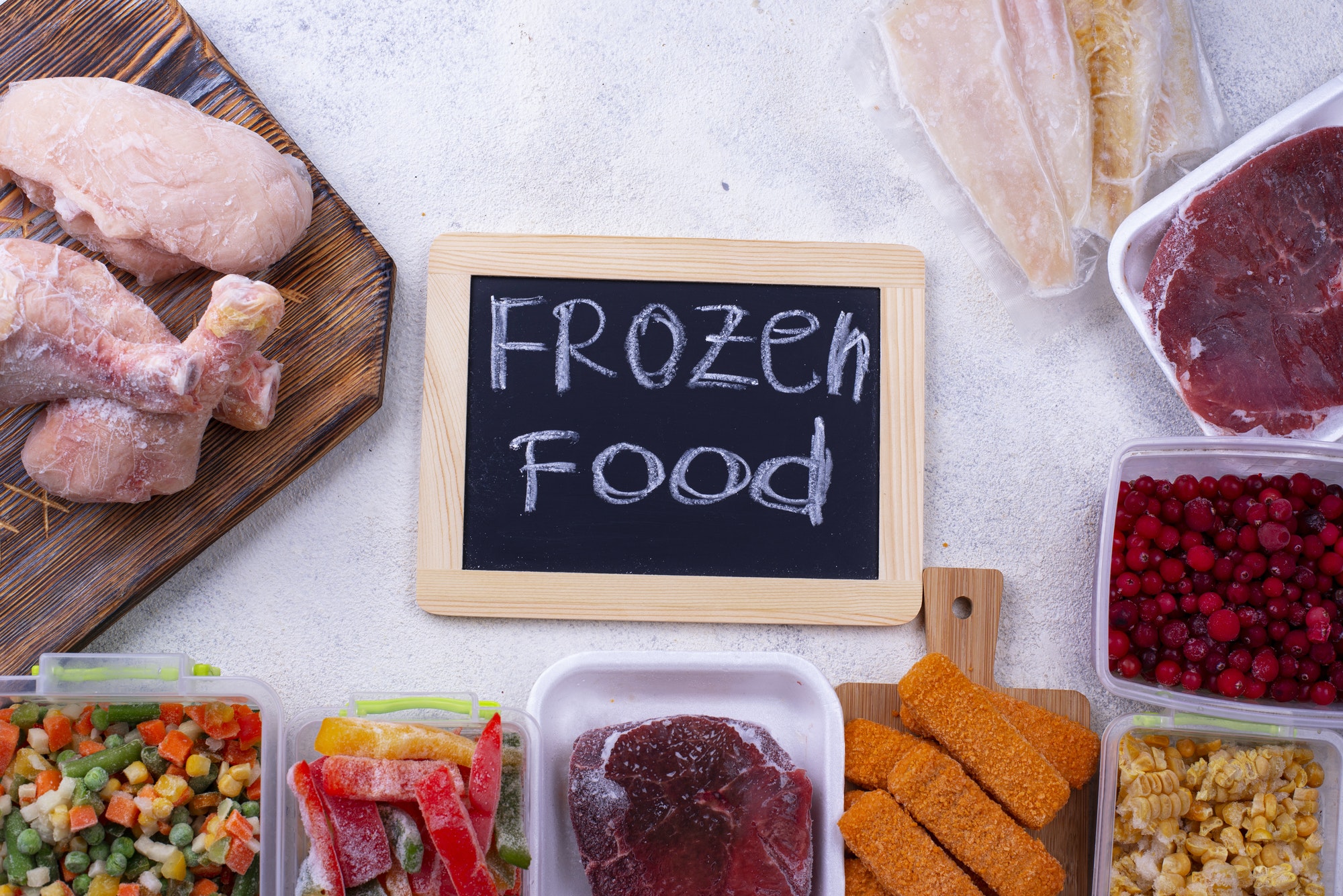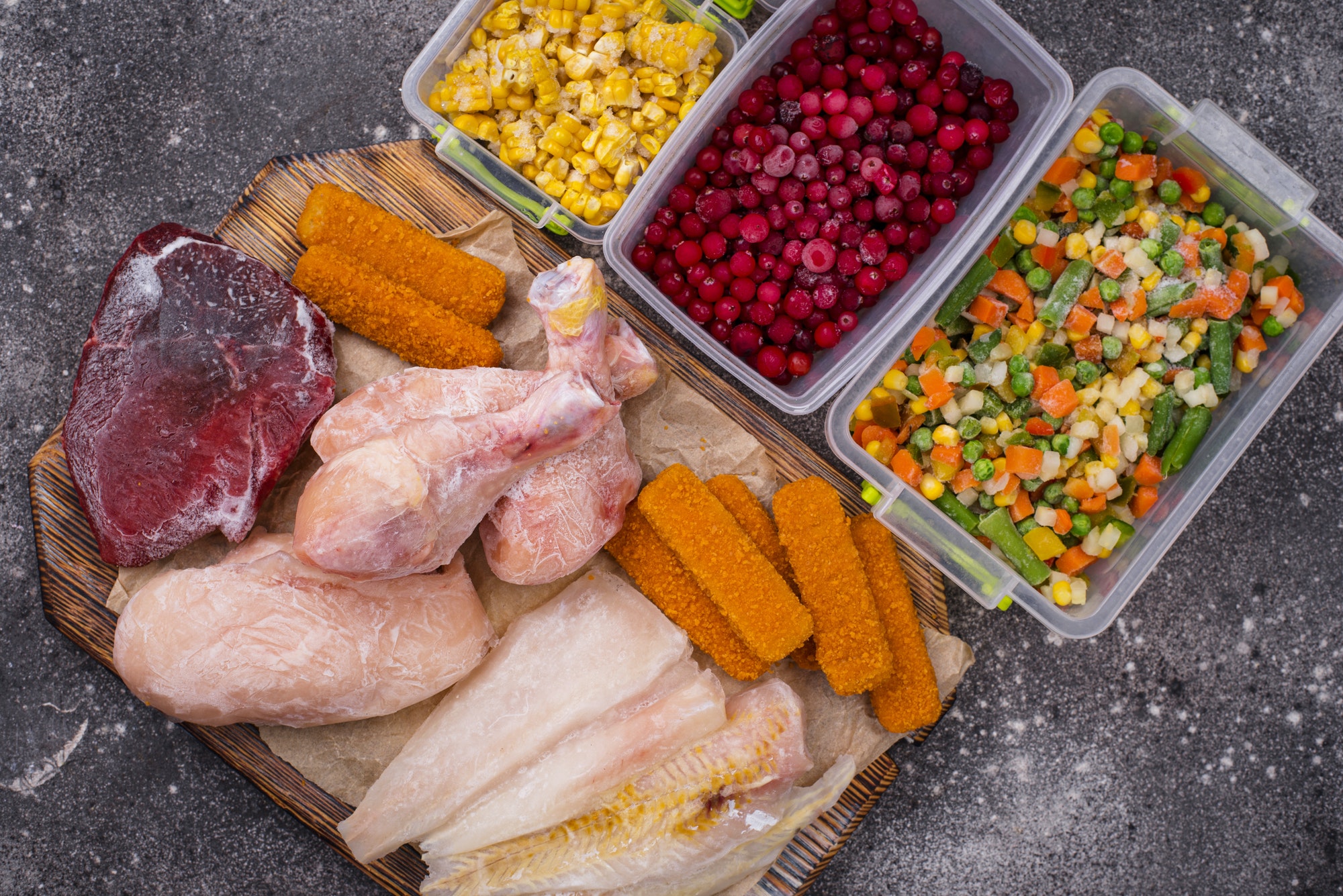Table of Contents
Learning how to properly defrost your chicken will not only save you time but also protect the chicken from losing some vital nutrients, chicken typically take a full day to thaw so it is important to plan your meals and figure how the best way to get it thawed completely.
Food safety should be put into consideration especially when it comes to chicken as it has the potential to make you sick if not handled properly hence this article contains how to thaw frozen chicken properly and safely.
How long you store chicken is also very important when it comes to food safety.
There are lot’s of ways for thawing chicken however only a few of these methods are suitable for hygiene, proper thawing practices will considerable reduce the risk of growing bacteria.
In a busy kitchen, it can be tempting to quickly thaw the chicken on a kitchen counter however this is not hygienic and it allows bacteria to spread.
Proper handling of food will reduce the risk of foodborne illness, plan your meal 24 hours early and be sure to cook thawed chicken within 48 hours, here is our recommendation of how to thaw chicken completely.
Can you leave the frozen chicken out overnight to thaw?
Frozen chicken has a high probability of having several foodborne bacteria that could make you sick which means leaving it overnight to thaw is not a great idea, a better idea for quickly defrosting a chicken will be to keep it in a container of water that is no warmer than 60 degrees.
You can rather use hot water to thaw frozen chicken but not to be left overnight this will thaw it faster and must not be left at room temperature for more than 2 hours.
How long does frozen chicken take to thaw?
Around 500g of chicken will take up to an hour to defrost and the standard rule says that 1 pound which is 450g of chicken will take 5 hours to defrost in a refrigerator.
You should also keep in mind that thawing a whole chicken the refrigerator can take a whole day.
How To Safely Thaw Frozen Chicken
Frozen chicken is a protein that takes a little forethought and how you thaw chicken can have an impact on the quality of the final dish and you might want to use different methods that are safe depending on whether you are thawing a whole chicken or smaller cuts and this is why we recommend three of these methods below.
1. Refrigerator Thawing
Thawing in the refrigerator is the most reliable and safe defrost method, it requires no hands-on attention but might take longer than another method which is why it is advised to plan your meals.
Refrigerator thawing might take an entire day even to thaw even a small amount of frozen food such as a boneless chicken breast or even a pound of ground meat.
A larger package of chicken and thicker cuts will take longer than 24 hours to thaw however the advantage of this method is that you don’t have to cook the defrosted food right away and this can be a great advantage if there is a last-minute change in plans.
If you are thawing a whole frozen chicken, keep the chicken in its original unopened wrapper and place this in a container or tray which would prevent the juices from the chicken from dripping on other foods, place the frozen chicken in a refrigerator with a temperature set at 40°F or below.
It will take about 4 to 6 hours per pound of chicken being thawed.
2. Microwave Thawing
Microwave is another safe and easy method that can be used to thaw a frozen chicken, this can be done in a very short time.
Most microwaves come with settings that allow you to specifically defrost chicken by simply pressing a button, you can read your manual to see if your microwave has this setting and read the instruction on how it could be done.
If you don’t have a microwave programmed to defrost chicken, you can still use the microwave to thaw chicken but this requires extra care and time, remove all outside wrapping before placing the chicken in the microwave, set the microwave to defrost and check regularly to see when it is thawed properly.
It is best to be vigilant while defrosting in a microwave and food thawed in a microwave should be cooked immediately.
3. Cold Water Thawing
The process of thawing in cold water requires more attention compared to thawing in the refrigerator, if your cold water is relatively warm then add some ice cubes to it to bring the temperature to where it feels pleasantly cold and can easily thaw a frozen chicken.
To thaw the chicken in cold water, make sure the chicken is in a leak-proof package or plastic bag and ensure it stays cold enough preferably changing the water every 30 minutes.
This method will thaw ground meat in a as little as an hour while a small package of boneless chicken will be thawed in an hour or two and larger chicken will take few hours to get thawed completely, you will need to cook the chicken as soon as it is completely thawed and the chicken is not to be re-freeze after it is being thawed with cold water but can be frozen after it is cooked.
How Not To Thaw A Frozen Chicken
Frozen chicken should not be thawed on your kitchen counter or at room temperature and also not to be thawed in a bowl of hot water.
Thawing your chicken on a counter or submerging it in hot water allows bacteria to sit on the outer layer of the chicken between the bacteria breeding of 40ºF and 140ºF causing bacteria growth when sitting in for too long and make those who eat it sick
In Conclusion
You can also thaw frozen chicken by cooking while following some certain guidelines and adding more minutes to the time needed to cook as this method takes more time but you will be getting a tasty chicken.
Chicken is quite popular and an extremely versatile choice for every day cooking however defrosting it might be a bit tacky since froze chicken is more prone to bacteria growth however the methods mentioned in this article are the safest method of thawing especially the refrigerator thawing which is best for a whole chicken.
Read next: What is Continental Breakfast? What Makes Up A Continental Breakfast?


